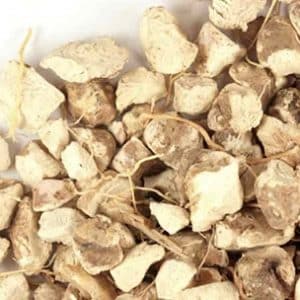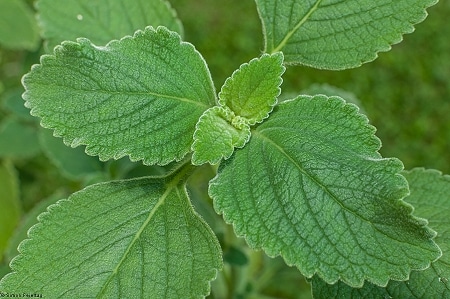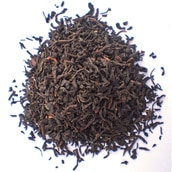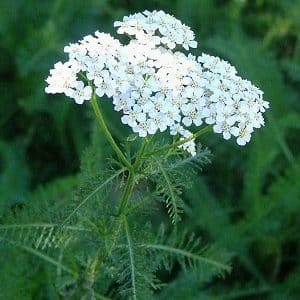Native to Europe, the herb is now naturalized throughout the Northern Hemisphere up to the Arctic. It is popular with some gardeners who cultivate it as a ground cover. Uva ursi is a low-lying perennial evergreen shrub, growing to twenty inches having long, trailing stems, dark green leaves that are glossy on the upper side, bell-shaped pink flowers, and small glossy red berries. It grows in damp conditions in undergrowth, heathland, and grassland. The leaves and berries are gathered in autumn.
It is the bitter leaves that are used medicinally and have been used as such for more than a thousand years from the Himalayas to North America.
In Latin, the name uva-ursi means “bear’s grape” and stems from the fact that bears feast on the red berries and bitter leaves. Although the red fruits resemble cranberries, their taste is rather bland.
After his return from China, Marco Polo described how Chinese doctors used the herb to treat urinary disorders. European healers soon followed suit, and herbalists continue to recommend it for kidney and bladder disorders.
The plant was first documented in The Physicians of Myddfai, a 13th century Welsh herbal.
The fruit formed part of the staple diet of the Native American who, in turn, taught the new settlers to appreciate the herb as a food and as a medicine. The Okanagan-Coleville Indians drank a tonic to treat kidney and liver problems, made by combining the stems and leaves of urva ursi along with twigs from the Oregon grape.
Key Actions
Key Components




